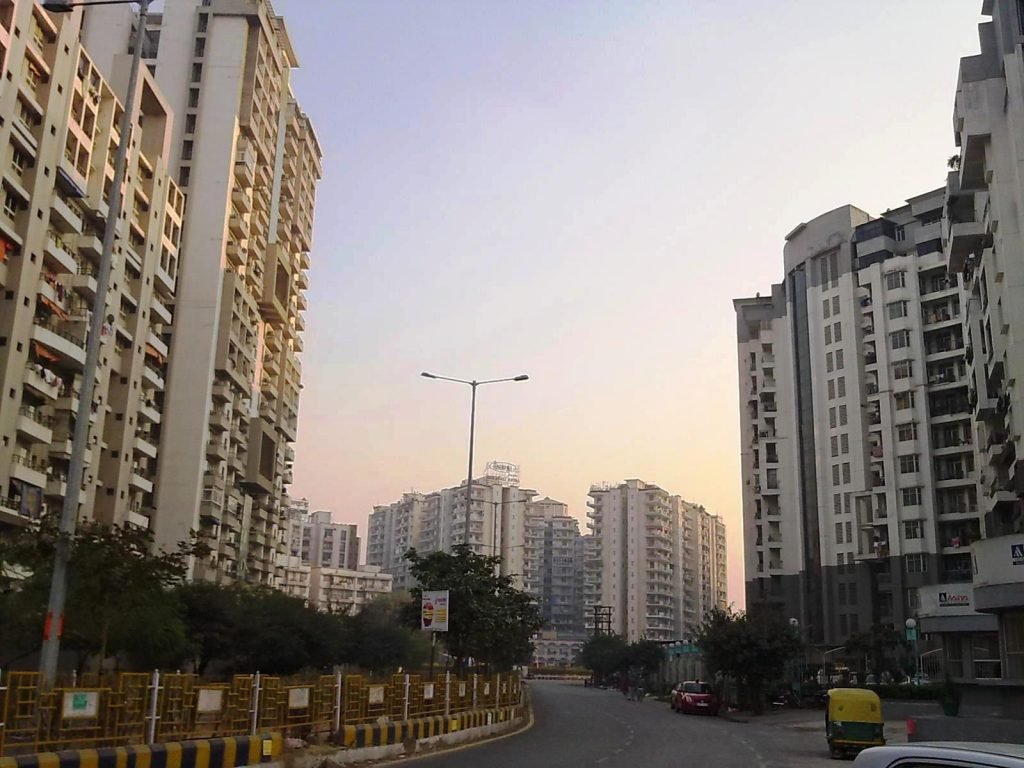Ghaziabad is a city in Uttar Pradesh that is part of the Delhi National Capital Region (NCR). It is the administrative capital of the Ghaziabad district and has a population of roughly 2,358,525 people. This city is also known as the “Gateway of Uttar Pradesh” since it is a major rail junction for North India. The entire city is well-connected by railways and roads, making it easier for commuters to commute both within and beyond the city. The City Mayors Foundation report named Ghaziabad as one of the world’s fastest expanding cities, which was a source of pride for the city. After seeing the current construction activities in the area, the term was provided.
The moniker was chosen after viewing the city’s current construction projects. Without a question, Ghaziabad has grown exponentially during the last decade.
Ghaziabad is located on the upper Gangetic plains and is separated into two sections by the Hindon River. These are known as the Cis-Hindon on the east and the Trans-Hindon on the west.
Read more

Because Ghaziabad is linked to Delhi, its climate is more or less similar to that of Delhi. The hottest months in Ghaziabad are still April, May, and June, while the coldest months are December and January. When it comes to the monsoon, the city receives the most of its rain at the end of June or the first week of July. The table will give you a good sense of the temperature and climate in Ghaziabad.
Trips and Packages
Things to do in Ghaziabad
Photo Gallery





